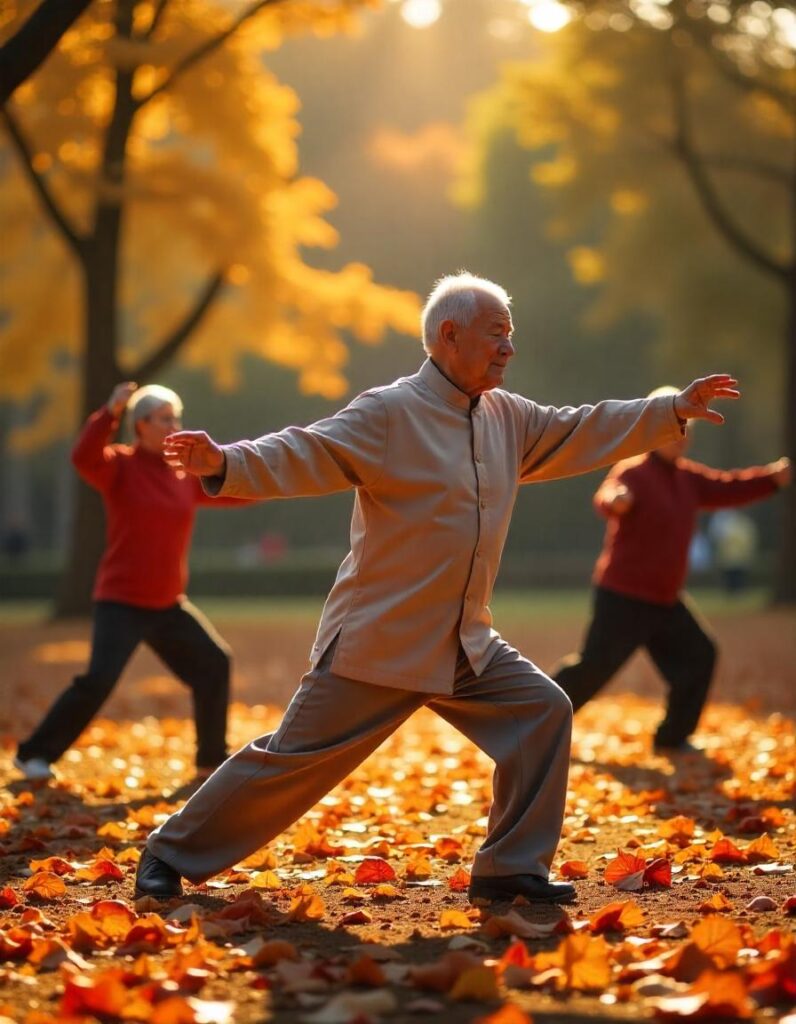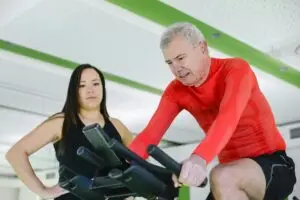
As we journey through life, our bodies undergo numerous changes, and one often overlooked aspect is our posture. While it’s natural for our spine alignment to shift as we age, understanding these changes and taking proactive steps can help us maintain better posture throughout our lives.
Understanding Age-Related Posture Changes
Our daily habits play a crucial role in shaping our posture. According to Michael Fatica, lead osteopath and co-founder of the Back in Shape program, posture is largely influenced by our routine movements and positions. Without conscious effort to maintain good posture, we tend to develop a forward-leaning stance over time. This is particularly concerning for women with low bone mineral density, who may experience increased curvature in their middle back and rounded shoulders.
The modern lifestyle, characterized by prolonged periods of sitting and desk work, significantly contributes to posture-related issues. As noted by physiotherapist Sam Bhide, founder of Physiozen Ltd, sedentary behaviors and poor sitting habits can lead to various postural problems and joint stiffness, ultimately resulting in misalignment.
The Science Behind Age-Related Posture Changes
Several physiological changes occur as we age that affect our posture:
Bone Health
One of the primary concerns is the loss of bone mass, which can lead to conditions like osteoporosis. This increases the risk of spinal fractures and height loss, fundamentally affecting our posture. Additionally, osteoarthritis and cartilage deterioration can cause joint stiffness, particularly in the knees and hips, leading to changes in walking patterns.
Muscle Changes
Age-related muscle loss, known as sarcopenia, poses another challenge. As our muscle mass and strength decrease, we lose crucial postural support, resulting in increased instability. This natural progression can make it more difficult to maintain proper alignment.
Spinal and Nervous System Changes
The aging process also affects our spinal discs and nervous system. Degenerative disc disease can lead to reduced spinal height and flexibility. Furthermore, our proprioception (our body’s ability to sense its position in space) and balance mechanisms typically decline with age, directly impacting our postural control.
The Impact of Poor Posture
The consequences of poor posture extend beyond mere appearance. Some significant complications include:
- Increased Risk of Falls: Poor posture can compromise balance and stability, making older adults more susceptible to falls.
- Reduced Mobility: Postural problems can restrict movement and limit overall mobility, affecting daily activities.
- Compromised Lung Capacity: Severe rounding of the lower back can restrict breathing capacity, potentially affecting cardiovascular fitness and overall health.
Effective Strategies for Maintaining Good Posture
The good news is that it’s never too late to improve your posture. Here are several evidence-based strategies to help maintain and enhance spinal alignment:
1. Strength Training
Building and maintaining core, back, and leg muscles is essential for proper spinal support. Regular strength training exercises can help combat age-related muscle loss and improve postural stability.
2. Ergonomic Awareness
Pay attention to your environment and make necessary adjustments to support proper alignment:
- Optimize your workstation setup
- Choose appropriate seating
- Consider your sleeping position and mattress support
3. Regular Movement
For those in their 60s and beyond, avoiding prolonged periods of inactivity is crucial. If you’re still working, take frequent breaks to move and stretch. Retirees should maintain an active lifestyle to support good posture.
4. Nutritional Support
Ensure adequate intake of calcium and vitamin D to maintain bone strength. These nutrients play a vital role in preventing osteoporosis and supporting overall skeletal health.
5. Targeted Exercises
Two particularly effective exercises for improving posture are:
The W-Raise:
- Start in a standing position with good posture
- Engage your core
- Bend elbows to 90 degrees close to your sides
- Rotate forearms outward while drawing shoulder blades together
- Elevate your breastbone and lift your chest
- Hold for three seconds
- Repeat five times
The Hip Hinge:
- Stand with feet shoulder-width apart
- Maintain slight knee bend
- Lower torso from the hips like a drawbridge
- Stop when you feel stretch in back of thighs
- Return to starting position
- Perform three sets of 10 repetitions
Conclusion
While age-related posture changes are natural, they don’t have to be debilitating. By understanding the factors that affect our posture and implementing proper exercises and lifestyle modifications, we can maintain better spinal alignment throughout our lives. Remember that it’s never too late to start working on your posture, and even small improvements can lead to significant benefits in mobility, balance, and overall quality of life.








